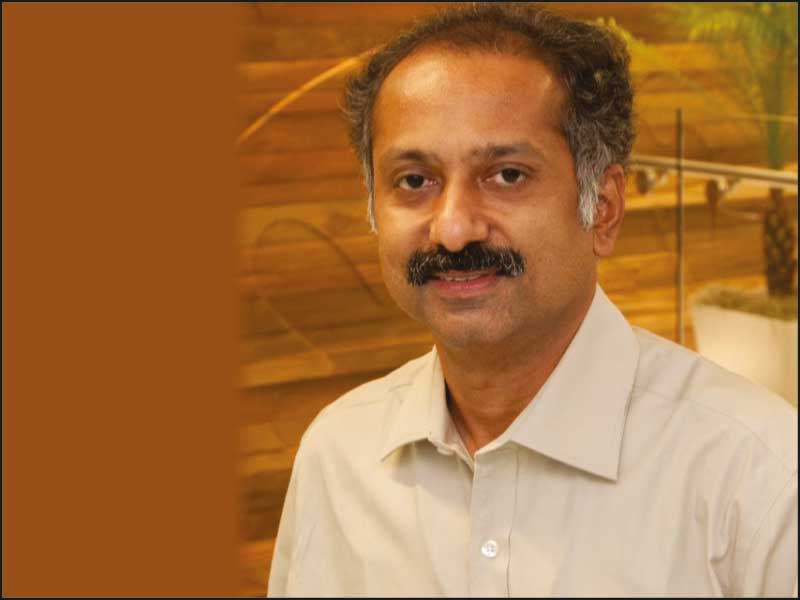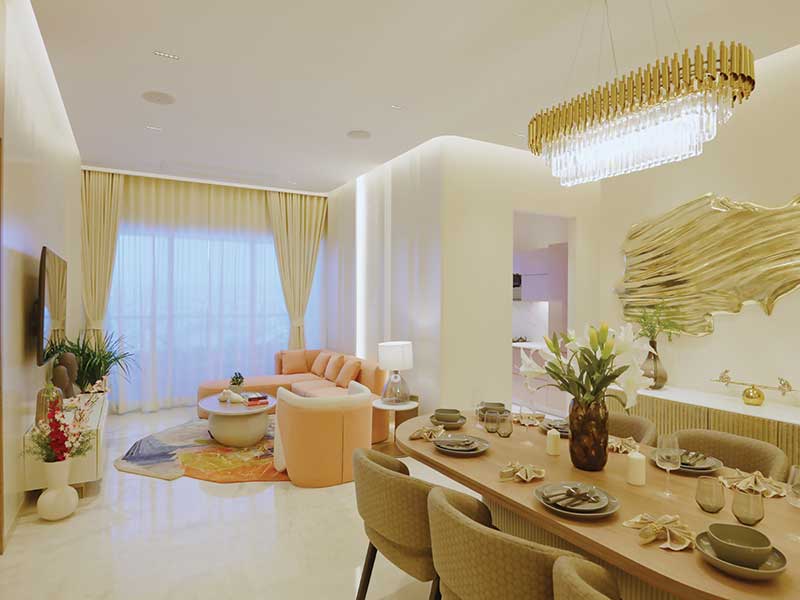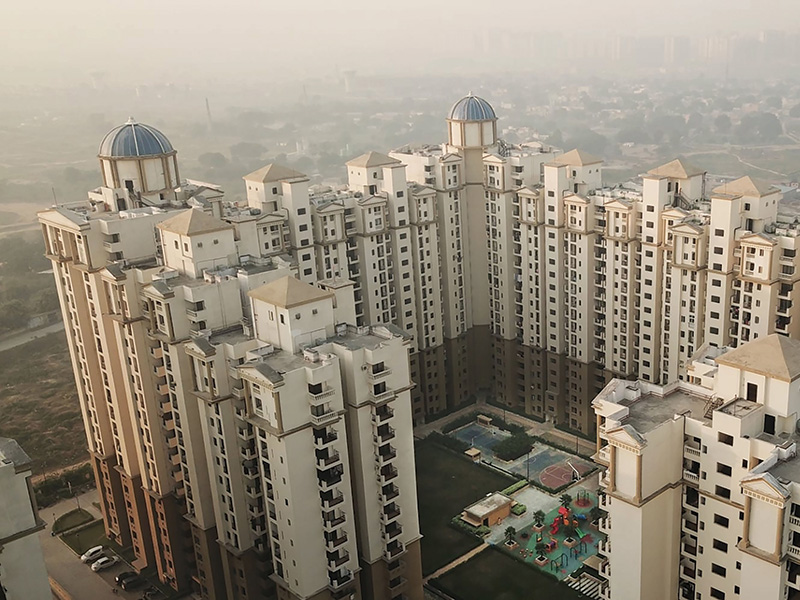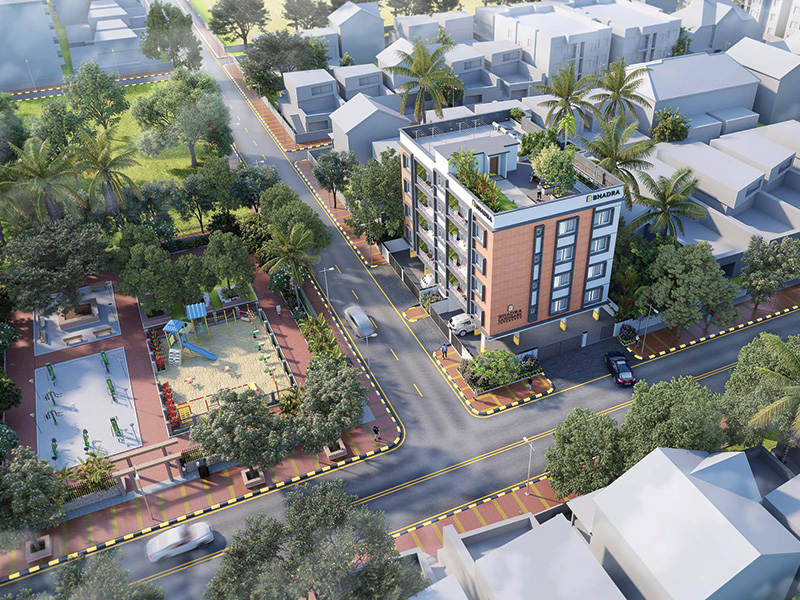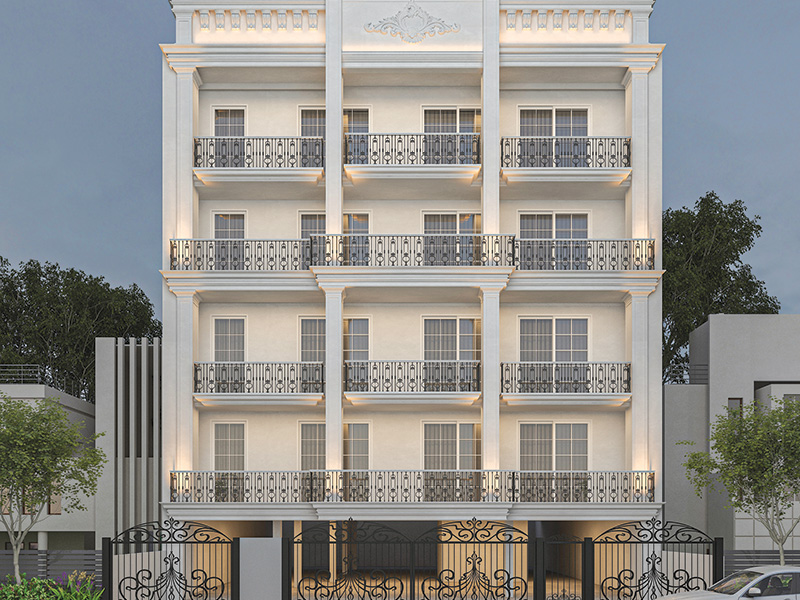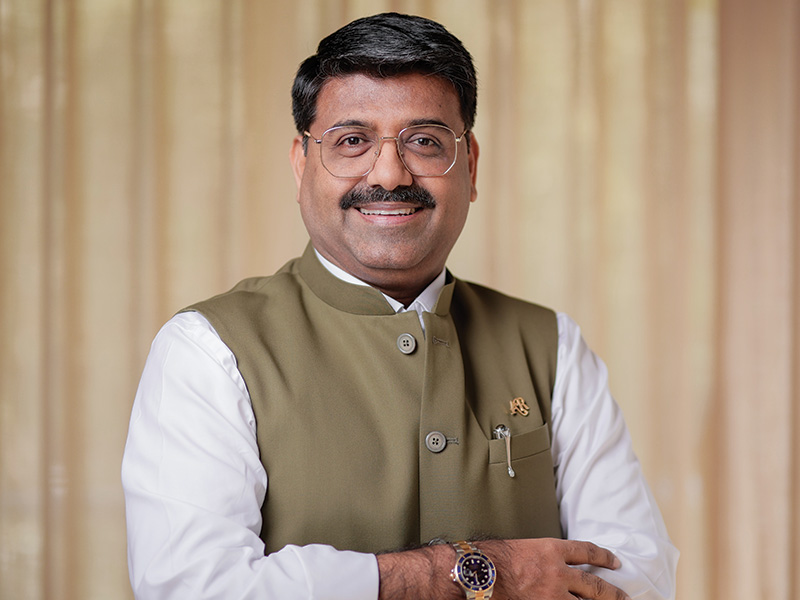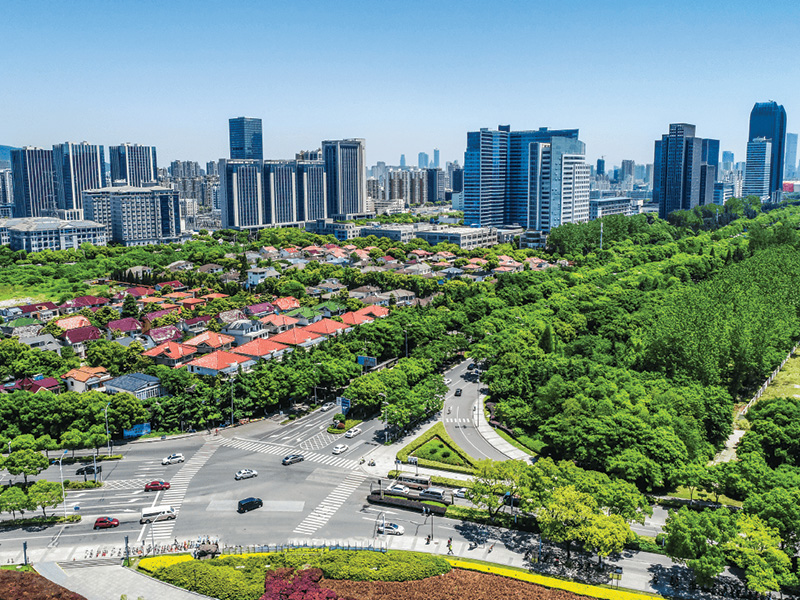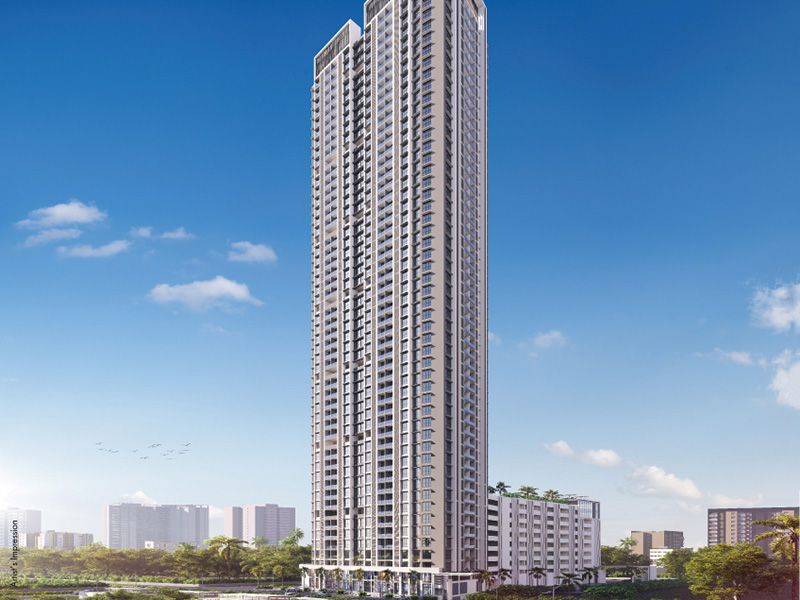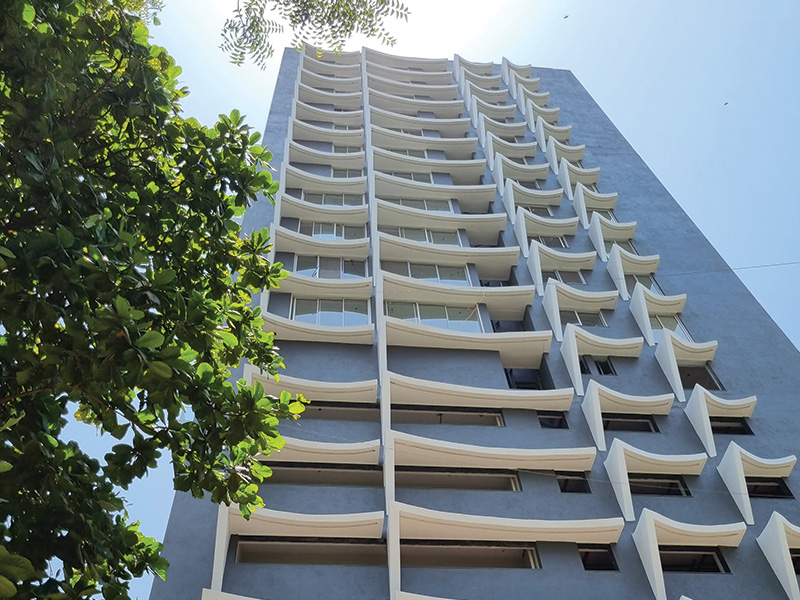What is the current scenario across industries in terms of sustainable developments?
There has been growing awareness about the need for sustainable and innovative developments even before the pandemic accelerated the momentum on this front. Many industry segments are “going green” with initiatives that include and go beyond the classic pillars of energy, water, and waste. Today, decarbonization is a very important element that guides the Environmental Social Governance (ESG) initiatives of companies, while health and wellness considerations influence Human Capital Management (HCM) strategies to a great extent.
Please give some recent case studies of projects that have adopted green practices and LEED
The BNP Paribas Mumbai office puts people and the environment at the centre of its narrative, ably supported by technology — creating a workspace that is highly functional but also sensitive to resources. Being ‘green’ as a fundamental design pursuit, the LEED v4 ID+C Platinum-rated facility fulfils a spectrum of sustainability and environment-friendly considerations within the realms of materiality, lighting, energy-efficiency, water-conservation, etc. CO2 sensors, circadian lighting, thermal sensors, and biophilic elements create a holistic environment that ensures wellness of its workforce.
We are seeing many projects going green at the design stage, which is the most ideal approach for initiating sustainable solutions at the outset and enjoying a lifecycle of gains from such a building
P Gopalakrishnan
Thryve Digital Health LLP, Chennai, is a pioneering project, which was not previously certified for their interior fit-outs, but has now achieved the LEED Platinum certification under LEED v4.1 O+M: Interiors using the Arc digital platform. This approach can be taken by existing interior facilities, which are non-LEED by design.
How do Indian companies compare with their global peers in following practices that foster sustainability?
India is ranked third in the world in terms of LEED certifications. In India, these certifications cover a wide range of segments, including offices, manufacturing facilities, hotels, educational campuses, warehouses, airports, metro stations, and data centres. Among the highlights from last year, ITC Windsor Manor became the first hotel in the world to achieve LEED Zero certification, while DLF Cyberpark achieved the largest footprint of private developer space under LEED Zero Water certification.
What are the associated savings/benefits that sustainable projects achieve?
Residential and commercial projects should go green in the interest of reducing their energy, water, waste, and carbon footprints and enhancing the living experiences for people who occupy these spaces. The importance of the health-and-wellness factor in projects cannot be overstated.
Sustainability initiatives can help organizations achieve up to 30% reduction in energy and water bills and have a positive impact on the health and wellness of their people. The projects also reduce wastage and the carbon footprint. Moreover, the green building certifications hold a lot of credibility which can work as an advantage for potential investors and buyers.

